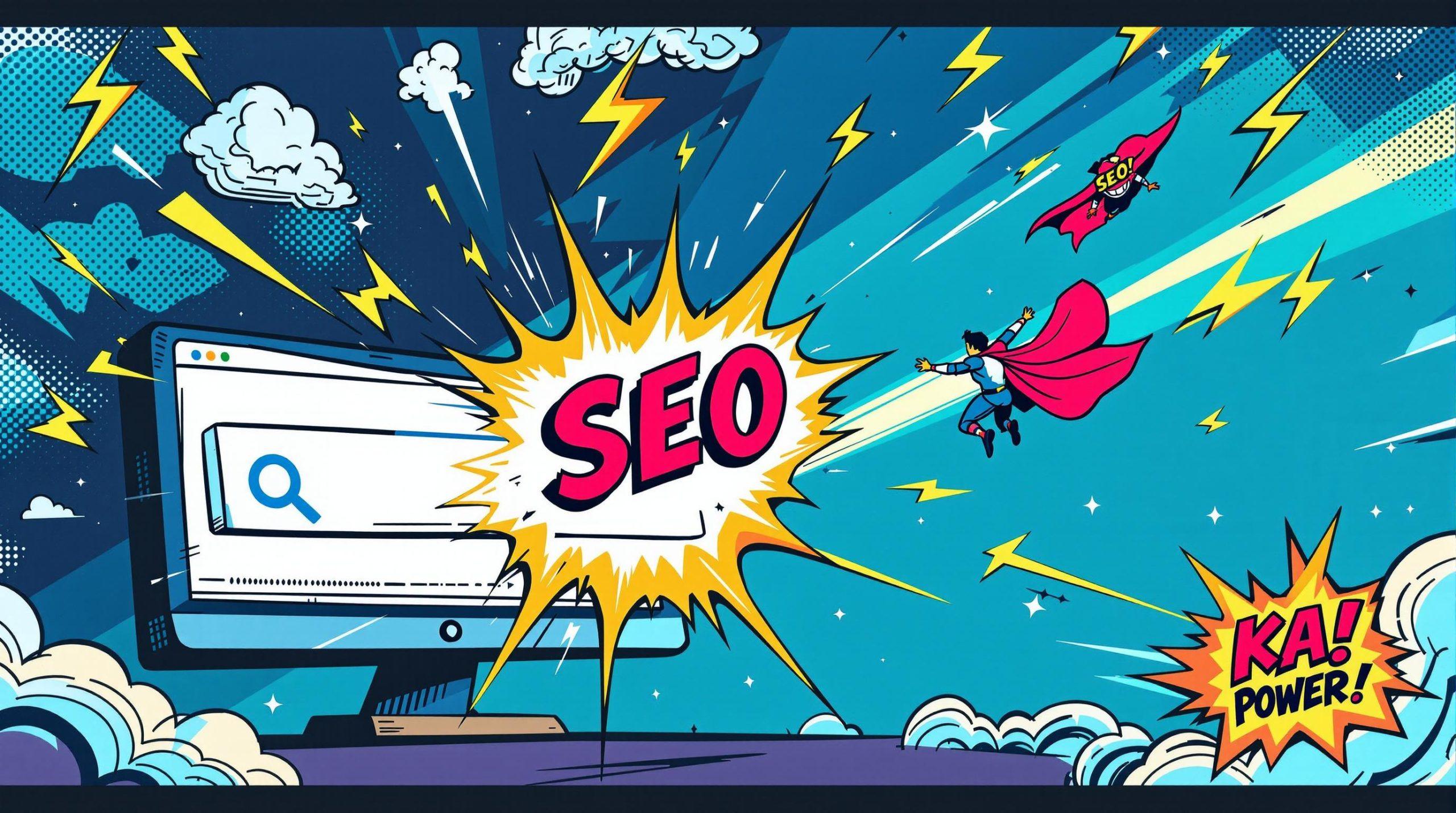Struggling to decide between TV ads and SEO for your law firm in 2025? Here’s the quick answer: SEO delivers higher-quality leads with better ROI, while TV ads provide broader visibility but at a higher cost. With 96% of legal clients starting their search online, SEO is often the smarter long-term investment.
Key Points:
- SEO Pros: 14.6% lead close rate, sustainable traffic, detailed analytics, $22 ROI per $1 spent.
- TV Ads Pros: Broad reach, instant visibility, effective for brand awareness.
- SEO Cons: Requires time and effort to build authority and rank.
- TV Ads Cons: High upfront costs, lower lead close rates (1.7%), short-term results.
Quick Comparison:
| Aspect | SEO | TV Advertising |
|---|---|---|
| Lead Close Rate | 14.6% | 1.7% |
| Audience Reach | Targeted, intent-based | Broad, local coverage |
| Cost | Moderate, long-term ROI | High upfront, ongoing spend |
| Tracking | Real-time, detailed analytics | Limited measurement |
| Sustainability | Long-term traffic growth | Ends when spending stops |
Bottom Line: If you’re a smaller firm, start with SEO for cost-effective, long-term growth. Larger firms can combine TV ads and SEO for maximum impact. Keep reading to learn actionable tips for both strategies.
SEO vs. Paid Ads: Which Is Right for Your Family Law Firm?
TV Advertising for Law Firms in 2025
What TV Ads Do Well
TV advertising remains a powerful tool for law firms, especially with the rise of Connected TV (CTV) and Over-the-Top (OTT) platforms. Today, nearly 80% of U.S. households own at least one CTV device, giving advertisers access to a staggering 820 million connected video devices [2].
Here’s how the medium stacks up:
| Strength | Traditional TV | Connected TV (CTV) |
|---|---|---|
| Completion Rates | Varies | 97% view-through [2] |
| Targeting | Geographic | Demographics + Interests |
| Cost per 1,000 | $30–50 | $15–25 [3] |
| Audience Reach | Local networks | 25% of TV viewing time [1] |
TV Ad Limitations
While TV advertising has its strengths, it also comes with challenges. Traditional TV ads can be extremely costly. National campaigns can run up to $300,000 per ad, while local 30-second spots range from $60 to $5,000, depending on the program and time slot [3]. On top of that, the shift toward streaming services is undeniable – major pay-TV providers lost over 5 million subscribers in 2020 alone [2].
These hurdles highlight the need for law firms to rethink their approach, focusing on strategies that balance cost with effectiveness.
Making TV Ads Work for Law Firms
To navigate the high costs and changing viewer habits, law firms should focus on targeted TV advertising strategies:
- Use CTV for Precision: Employ household IP tracking, first-party data, and set daily frequency caps to maximize ad relevance.
- Target Local Networks: Reach specific audiences by working with local TV stations. Partner with experienced media consultants to negotiate packages.
- Combine Traditional TV with OTT: Blend traditional TV’s broad reach with OTT’s precision targeting. This allows for real-time performance tracking and seamless integration with other marketing efforts [1][2].
This dual approach helps law firms make the most of TV advertising, ensuring campaigns are both cost-effective and impactful.
Law Firm SEO in 2025
How SEO Helps Law Firms
For law firms, generating leads is a top priority. SEO plays a key role by connecting firms with potential clients who are actively searching online. For instance, an optimized Google Business Profile (GBP) can lead to 42% more driving directions and 35% more website clicks [5].
Here’s a breakdown of how SEO benefits law firms:
| SEO Component | Direct Benefits | Impact on Lead Generation |
|---|---|---|
| Local Search | Targets specific areas | Brings in nearby clients |
| Content Strategy | Highlights legal expertise | Builds trust before consultation |
| Mobile Optimization | Improves usability | Captures urgent searches |
| Voice Search | Handles natural queries | Reaches tech-savvy audiences |
Now, let’s look at the common challenges law firms face with SEO.
Common SEO Hurdles
Competition for popular legal keywords is intense, often giving established firms an advantage. On top of that, law firms face several technical challenges, including:
- Website Performance: Slow loading speeds and poor mobile usability.
- Content Quality: Struggles to produce expert-level, engaging content.
- Local Competition: Crowded markets where multiple firms target the same keywords.
SEO Methods That Work in 2025
To overcome these obstacles, law firms need a well-defined and focused SEO strategy.
“Creating high-quality, informative content that addresses the needs and concerns of potential clients, combined with a strategic SEO approach, will help firms rank higher in search results and attract that important organic traffic.” [7]
Here are some effective methods:
- Local SEO Improvements
Maintain accurate NAP (Name, Address, Phone) data and use location-specific keywords to increase visibility in local searches. - Building Content Authority
Publish detailed legal guides to establish authority. Research shows top-performing websites use 3-5% exact match anchor text in backlinks [5]. - Technical Optimization
Focus on schema markup and mobile-friendly design. Tools like these can help:- Moz Local ($99/year) for managing citations.
- Whitespark ($20/month) for finding local citation opportunities.
- Yext ($499/year) for managing your online presence [5].
With AI-driven search and voice optimization continuing to grow [6], incorporating these strategies alongside strong technical foundations will help law firms attract more local, qualified leads.
Direct Comparison: TV Ads vs. SEO Results
Lead Types and Client Intent
When comparing TV ads and SEO for law firms, the difference in lead quality and intent is striking. SEO leads show a 14.6% close rate, while TV ads trail behind at just 1.7% [8]. Why the gap? SEO connects with people actively searching for legal help, whereas TV ads target viewers who may not even need legal services at the moment. This highlights the importance of aligning your marketing strategy with client behavior.
Here’s a quick breakdown:
| Lead Characteristic | SEO Leads | TV Advertising Leads |
|---|---|---|
| Search Intent | Actively seeking legal help | Passively exposed to ads |
| Close Rate | 14.6% [8] | 1.7% [8] |
Money In vs. Money Out
The financial side of these strategies also tells two very different stories. TV ads require constant spending to maintain visibility. On the other hand, SEO builds organic traffic that keeps delivering results over time. In fact, organic search is responsible for 53.3% of all website traffic [8].
“The beauty of SEO is that your audience (your searchers) are actively searching for your product or service and the problem you can solve.” [9]
Unlike TV ads, SEO continues to generate leads even after the initial investment stops. This makes it a more cost-effective choice for firms looking to maximize their marketing dollars.
Performance Metrics
Here’s a side-by-side comparison of key performance metrics:
| Metric | SEO | TV Advertising |
|---|---|---|
| Lead Close Rate | 14.6% [8] | 1.7% [8] |
| Sustainability | Long-term, with organic traffic driving 53.3% of site visits [8] | Short-term, ends when spending stops |
While TV ads can provide a quick spike in visibility, SEO stands out for its long-lasting impact and ability to attract high-quality leads. For law firms aiming for sustained growth, creating content is a top priority – 72% of digital marketers say it’s the most effective SEO tactic for improving lead quality [8]. This not only boosts visibility but also helps establish authority in key legal areas.
Making Your Marketing Choice
Key Factors to Consider
Law firms decide between TV advertising and SEO based on their size and budget. Typically, large firms allocate 2–5% of their revenue to advertising, while smaller firms spend around 5–10% [4].
Here’s a quick comparison:
| Factor | TV Advertising | SEO |
|---|---|---|
| Initial Investment | High upfront costs | Moderate investment |
| Long-term ROI | Lower ROI | $22 return per $1 invested [10] |
| Lead Generation | Instant visibility | Builds momentum over time |
| Tracking Capability | Limited measurement | Detailed analytics available |
| Ongoing Costs | Requires constant spending | Lower maintenance costs |
These elements help guide the decision-making process for your marketing strategy.
Choosing the Right Strategy
Your firm’s size and goals will shape the best approach. Larger firms might use TV ads for broad exposure, but a strong online presence is still critical – about one in three clients begins their search online [4]. Combining both strategies often delivers the best results.
Here’s how different firms can approach marketing:
- Small Firms: Focus on SEO. Local SEO strategies can increase traffic by up to 5× within four months [11].
- Mid-Size Firms: Use a mix of TV ads and SEO to achieve both immediate visibility and steady growth.
- Large Firms: Leverage TV ads for widespread brand awareness while using SEO to strengthen your digital footprint.
Tailor your strategy to align with your firm’s specific needs and resources.







